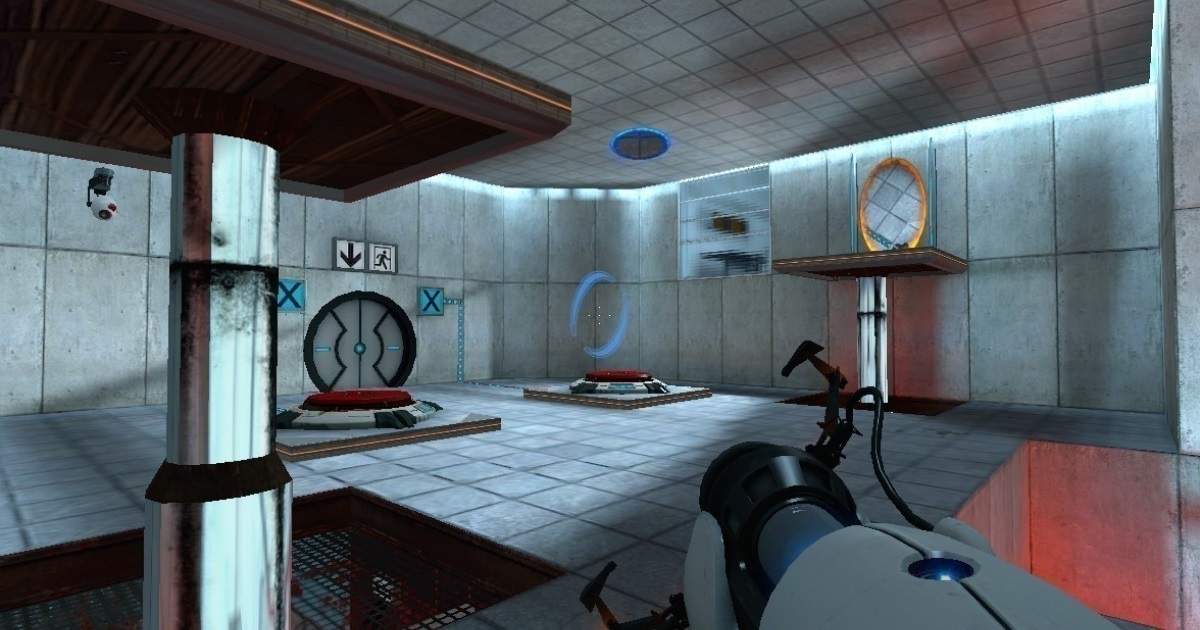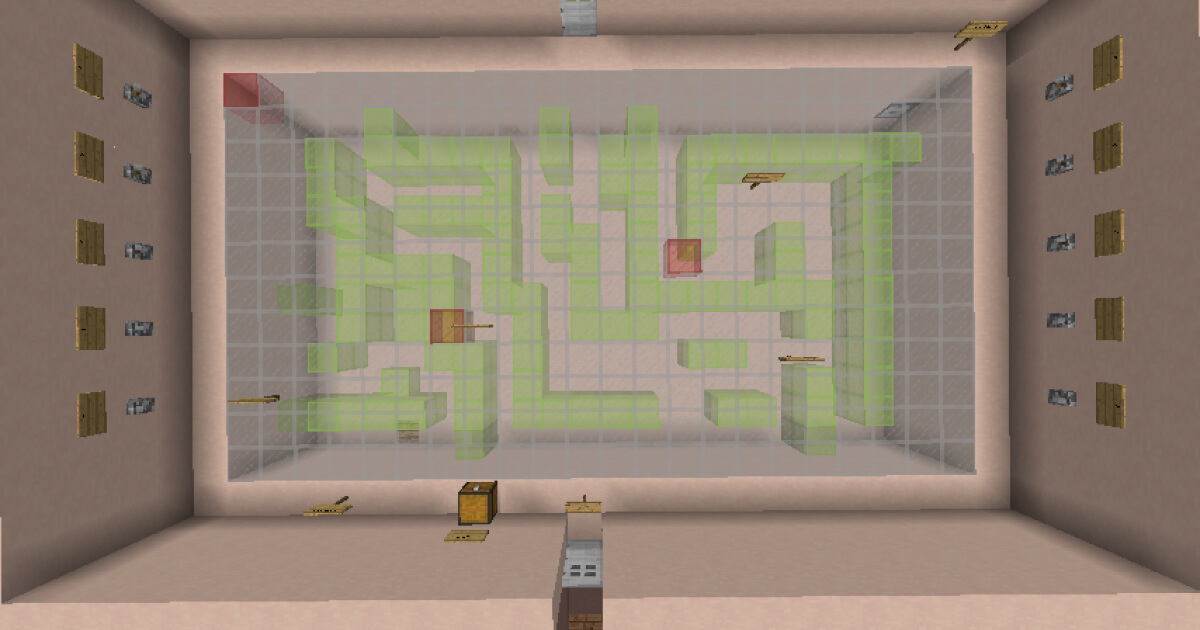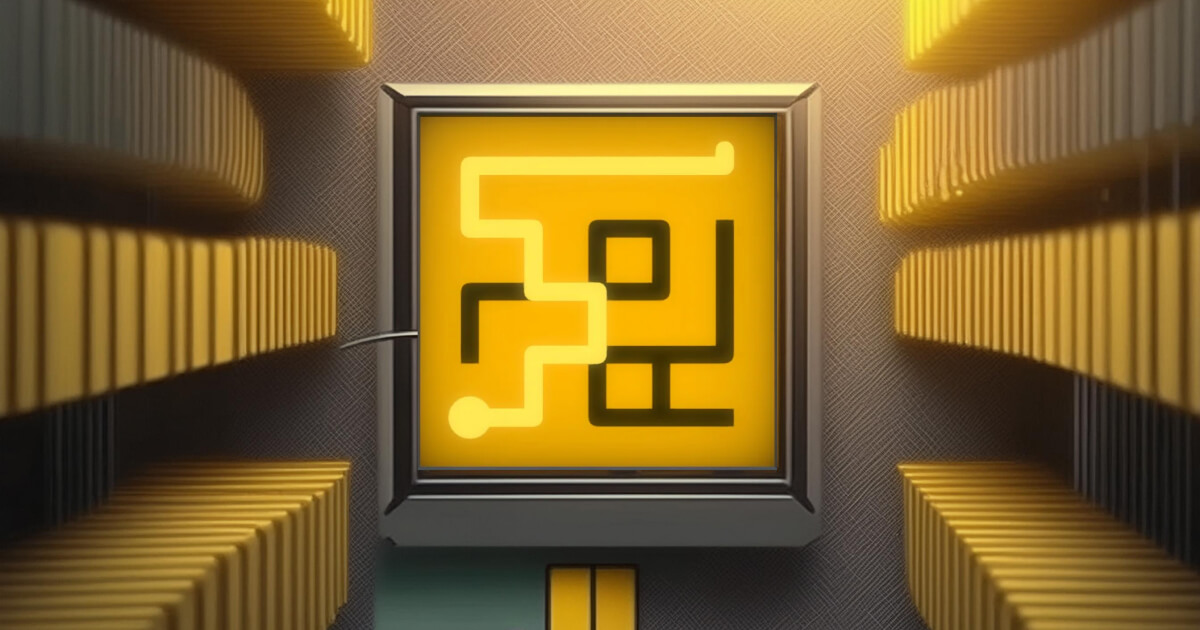Portal is a renowned game series. People who love playing games must be aware of the Portal series. The Portal series consists of a collection of first-person puzzle-platform video games. All of these games are crafted skillfully. These games revolve around the story of Chell, a woman who finds herself compelled to navigate a series of challenging tests within the Aperture Science Enrichment Centre, the facility under the control of GLaDOS, a malevolent artificial intelligence.
This is one of the best game series. Players and objects in the game world can seamlessly move through portals without losing their momentum.
If you want to learn more about Portal Puzzle games, then read this post. In this post, we will discuss everything about the Portal Puzzle series. So, let’s get started.
Introduction to Portal
Portal, created by Valve Corporation, is a groundbreaking Puzzle Game. It was launched in 2007 as a portion of “The Orange Box” compilation. Its one-of-a-kind gameplay mechanics centre around the Aperture Science Handheld Portal Device, or entry weapon, which players utilise to form connected entries on level surfaces. This technician challenges players to explore through an arrangement of progressively complex test chambers by teleporting themselves and objects over space.
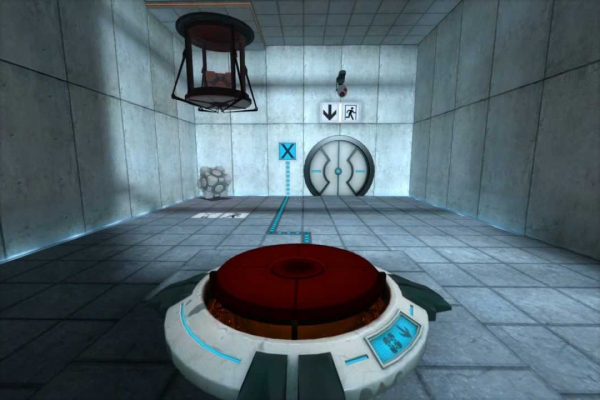
Set inside the sterile limits of the Aperture Science Enrichment Center, Portal’s moderately stylish and atmospheric soundtrack submerges players in its strange world. As players advance, they experience GLaDOS, a cryptic AI with a dark sense of humour and a covered-up plan. Portal’s victory stems from its inventive gameplay and interest in the story. Players reveal the privileged insights of the test chambers while going up against GLaDOS’s genuine eagerness, leading to a story of deception, defiance, and survival.
The impact of this game extends well beyond its mere popularity and financial success. It has propelled a dedicated fanbase, created endless memes, and started scholastic talks on its story and gameplay plan. Portal’s legacy perseveres through continuations, fan manifestations, and its impact on ensuing puzzle and indie games. Portal redefines the puzzle genre, proving that advancement and narration can flourish in a straightforward game concept.
Gameplay Mechanics
Portal’s gameplay mechanics revolutionized the puzzle genre, providing players with reviving and inventive involvement. At the core of the amusement lies the notorious Gap Science Handheld Portal device, commonly known as the portal gun. With this gadget, players can make two connected entries on level surfaces inside the test chambers, permitting them to transport themselves momentarily, objects, and projectiles across space.
The portal weapon presents many conceivable outcomes for puzzle-solving, as players must utilize spatial thinking, material science, and imaginative thinking to advance through each level. Energy plays a significant part in numerous puzzles, requiring players to deliberately drop, hop, and throw themselves through entries to reach inaccessible zones.
Portal’s level plan shrewdly coordinates the entrance mechanics with different natural components, such as energy balls, turrets, and dangerous surfaces, including layers of complexity and challenge to the puzzles. Players must carefully watch their environment and explore diverse portal arrangements to overcome deterrents and development.
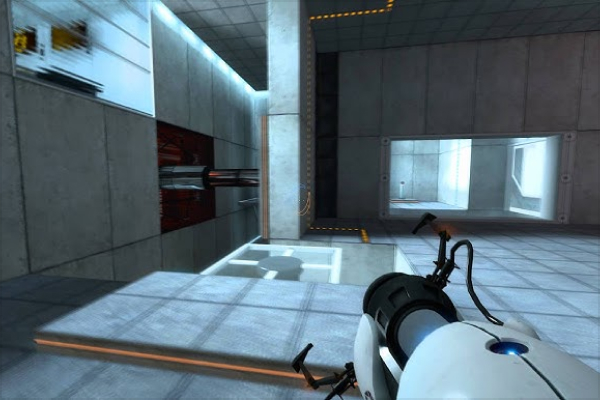
Besides, the diversion slowly presents modern mechanics and concepts as players advance, ensuring a relentless learning bend while keeping the gameplay new and locked in. From essential portal placement to complex multi-step puzzles, Entry persistently tests players’ problem-solving abilities and empowers them to think outside the box.
The consistent integration of gameplay mechanics with narrative elements assists upgrades they generally encounter, drenching players within the secretive world of the Aperture Science Enrichment Center while challenging them to disentangle its secrets. Portal’s gameplay mechanics offer a culminated mix of development, challenge, and inventiveness, making it a timeless classic that fascinates players and motivates game creators to this day.
Also See: Tetris Puzzle Game Instructions, Rules & Activity Guide
History of Portal
Portal, a famous astounding game created by Valve Enterprise, was developed as a result of experimentation inside the gaming industry. Initially conceived as a series of experimental projects by a bunch of students at DigiPen Institute of Technology, the concept of utilizing portals to explore through situations captured the intrigue of Valve.
In 2005, Valve contracted the group of understudies behind the project, presently known as Narbacular Drop, to create a full-fledged game based on the entry concept. With the bolster and resources of Valve, the project advanced into what would be gotten to be Portal.
Released as a portion of The Orange Box bundle in October 2007, Portal rapidly earned broad approval for its imaginative gameplay mechanics and obscurely comedic account. Players expected the part of Chell, a noiseless hero exploring through an arrangement of progressively challenging test chambers inside the Aperture Science Enrichment Center.
Central to the game’s request was the portal weapon, a gadget that permitted players to make connected entrances on level surfaces, empowering momentary teleportation over space. This mechanic presented an unused measurement to puzzle-solving, requiring players to think basically and inventively to advance.
Portal’s victory cleared the way for the improvement of its sequel, Portal 2, which extended upon the initial game with modern mechanics, characters, and puzzles. Then, in 2011, Portal 2 Advance was launched. Portal 2 advance set the franchise’s legacy, winning basic recognition and various awards.
Beyond its direct sequels, Portal’s impact has amplified to other media, counting fan manifestations, memes, and scholarly dialogues on its account and game play plan. The game’s persevering popularity and social effect proceed to resonate with players, convincingly establishing it as a classic within the chronicles of gaming history.
Storyline and Setting
Within the secretive world of Portal, players are pushed into the shoes of Chell, a noiseless hero exploring the sterile and overly complex hallways of the Aperture Science Enrichment Center. The game unfurls inside the limits of this sprawling facility, which serves as the backdrop for an arrangement of progressively challenging test chambers.
As players dive more deeply into the Aperture Science facility, they experience GLaDOS, the facility’s puzzling AI manager. At first, displayed as a supportive direct, GLaDOS rapidly uncovers her evil eagerly, subjecting Chell to an arrangement of progressively unsafe tests with the promise of cake and pain counseling as rewards.
All through the amusement, GLaDOS’s darkly funny and manipulative identity includes layers of interest to the account, keeping players speculating around her genuine thought processes. As players advance through the test chambers, they reveal covered-up messages and clues indicating the facility’s dark history and GLaDOS’s genuine nature.
In spite of the moderate style of the Aperture Science Enrichment Center, the setting is wealthy with story profundity and atmosphere. The facility’s sterile white dividers and stark lighting differentiate with the foreboding sense of segregation and threat sneaking around each corner.
As players navigate through the test chambers, they are treated to intermittent impressions of the exterior world through perception windows, implying a world past the facility’s limits. These tantalizing impressions, combined with the puzzling messages cleared out behind by past test subjects, include the sense of interest and secret encompassing the Aperture Science Enrichment Center.
Wrapping it up…
Portal stands as a confirmation of the control of advancement and narrating in gaming. Its groundbreaking gameplay mechanics, captivating narrative, and famous characters have cleared a permanent check on the industry. As players explore the baffling test chambers of the Aperture Science Enrichment Center, they are drawn into a world of riddles, humour, and interest. Through its immersive involvement and persevering legacy, “Portal” has not only re-imagined the puzzle genre but also motivated an era of gamers and game designers alike. Its impact proceeds to resonate, setting its put as an ageless classic within the records of gaming history.

